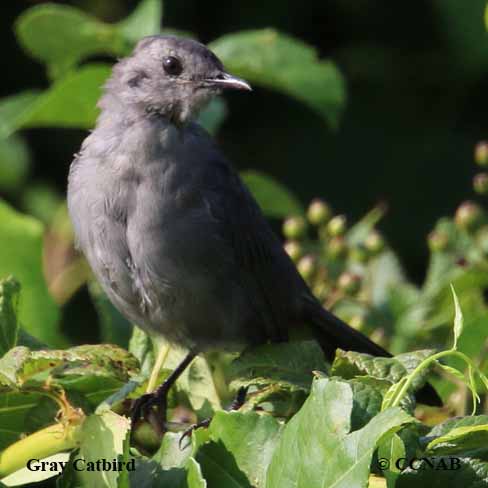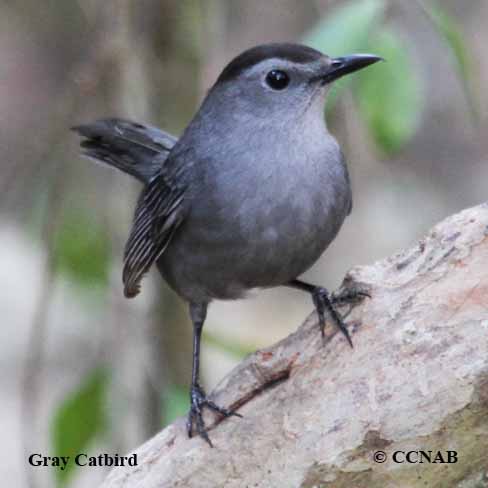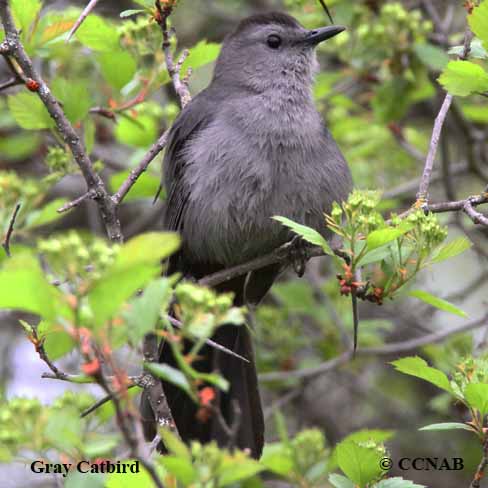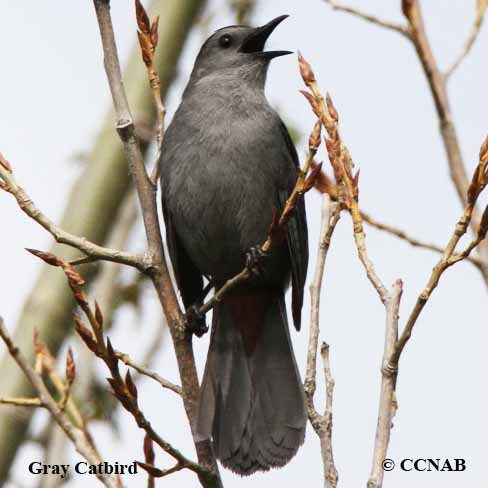Birds of Cuba Search Box
This search box can be used to find bird species using bird's english, french or latin name.
Birds of Cuba, Vagrant Visitors, Introduced Birds and Possibilities
Gray Catbird
Moqueur chat
Dumetella carolinensis
Information, images and range maps on over 400 birds of Cuba
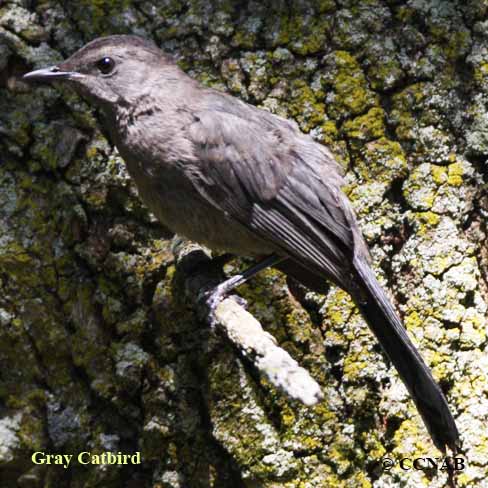
Life, Habitat & Pictures of the Gray Catbird
| B L | W W | W | Family | Latin Name |
|---|---|---|---|---|
| 8.5" 21.6cm | 11" 28cm | 1.3oz 36.9g | Mimidae | Dumetella carolinensis |
- Breeding
- Year Around
- Winter
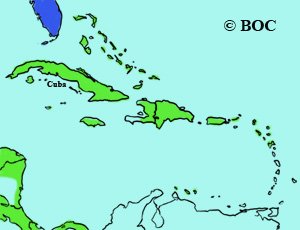
Found throughout areas with thickets or brambles, comfortable in residential areas. Seen from Nova Scotia to British Columbia, down into New Mexico and across to Florida. May spend the winter months in southern Florida, Louisiana, eastern Texas, and into Mexico. It has been reported seen in Cuba.
